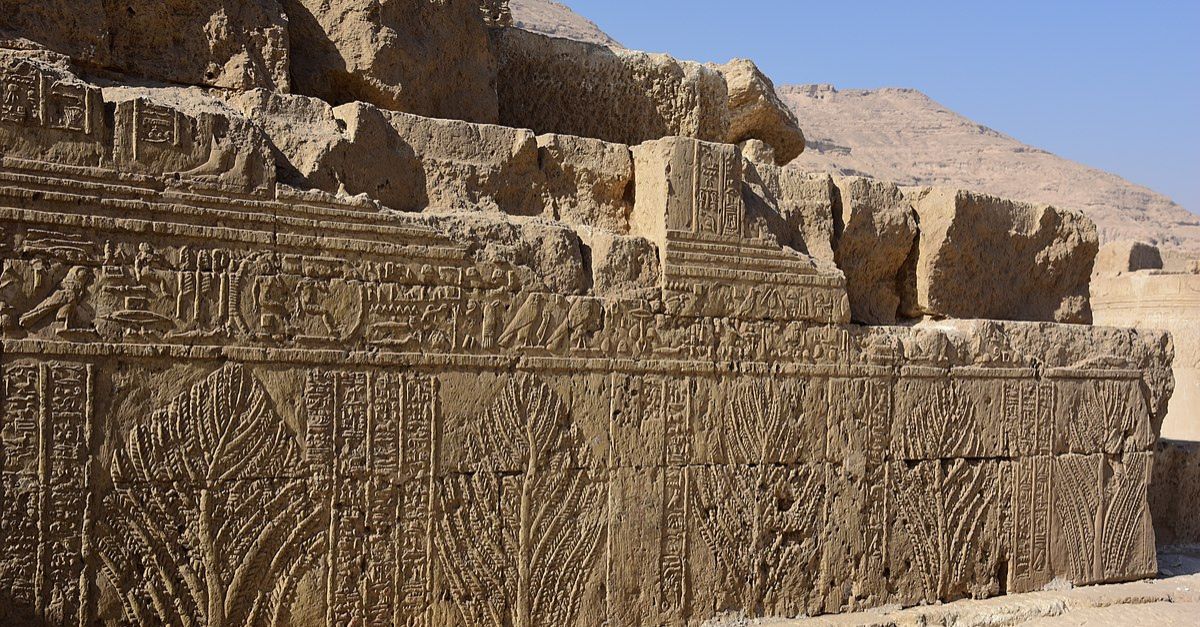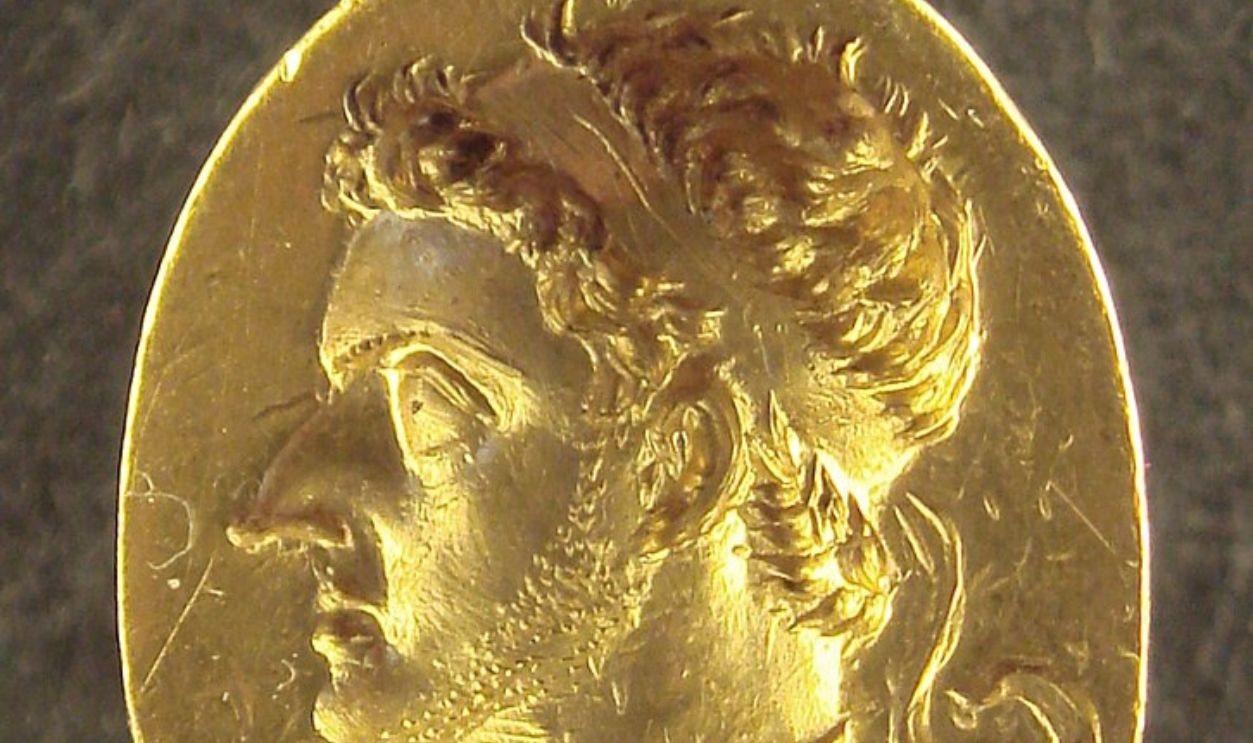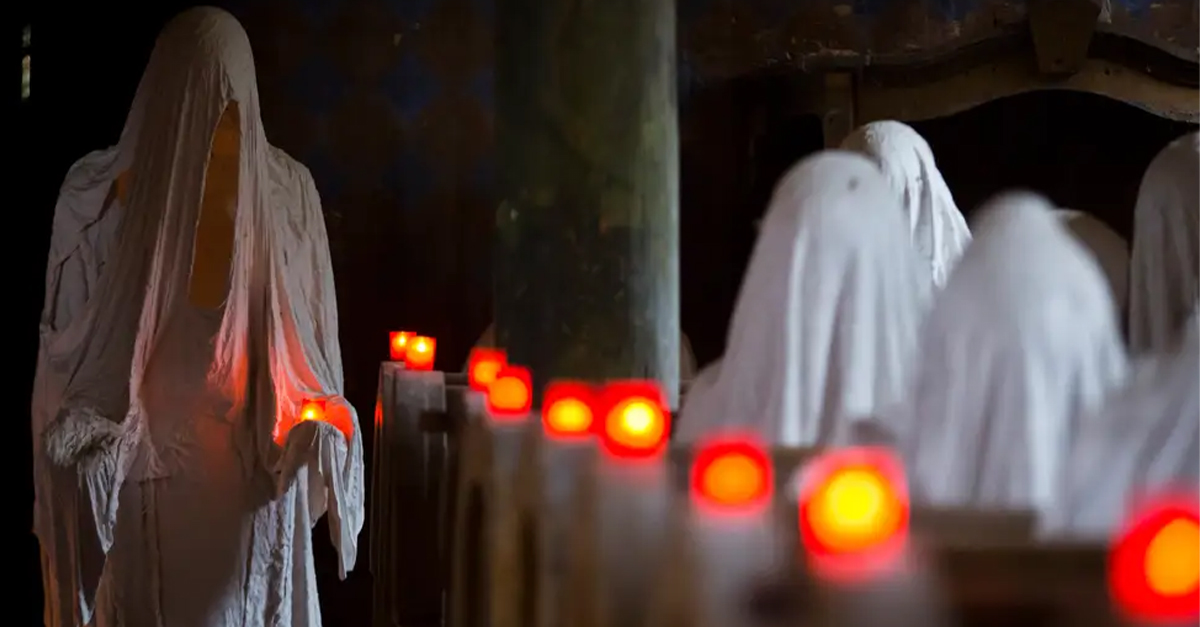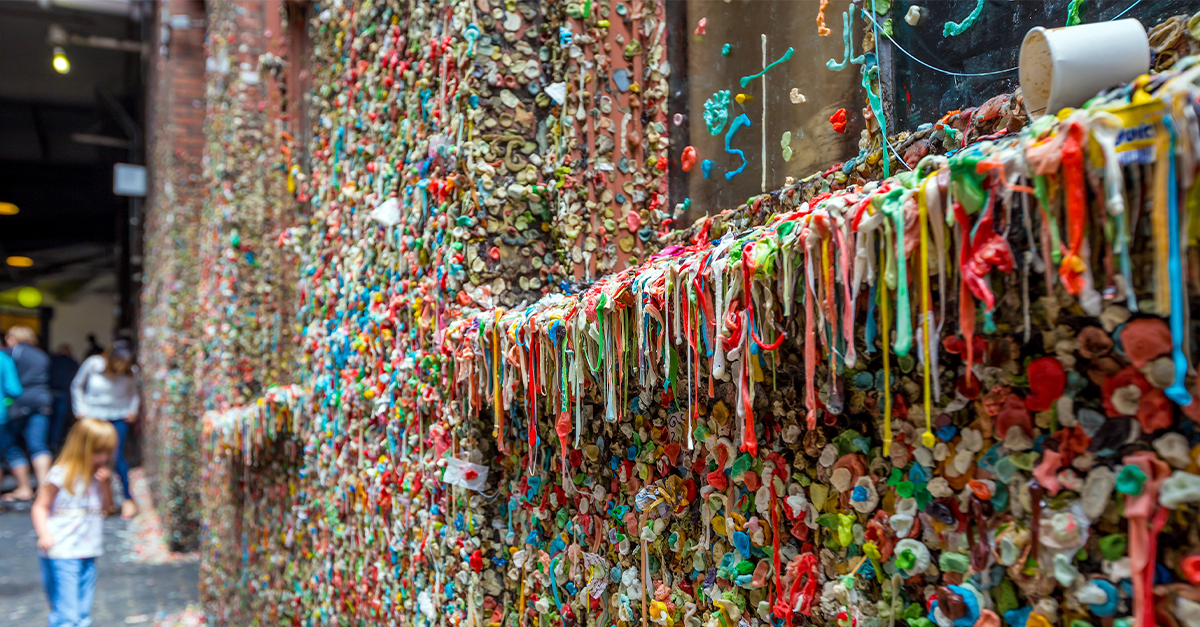Unearthing Secrets From The Heart Of Cliff
125 miles north of Luxor, in the ancient city of Athribis, archeologists discovered a hidden entrance to a mysterious 2,100-year-old temple in the heart of a cliff. Researchers have been relentlessly excavating the area for artifacts and reliefs.
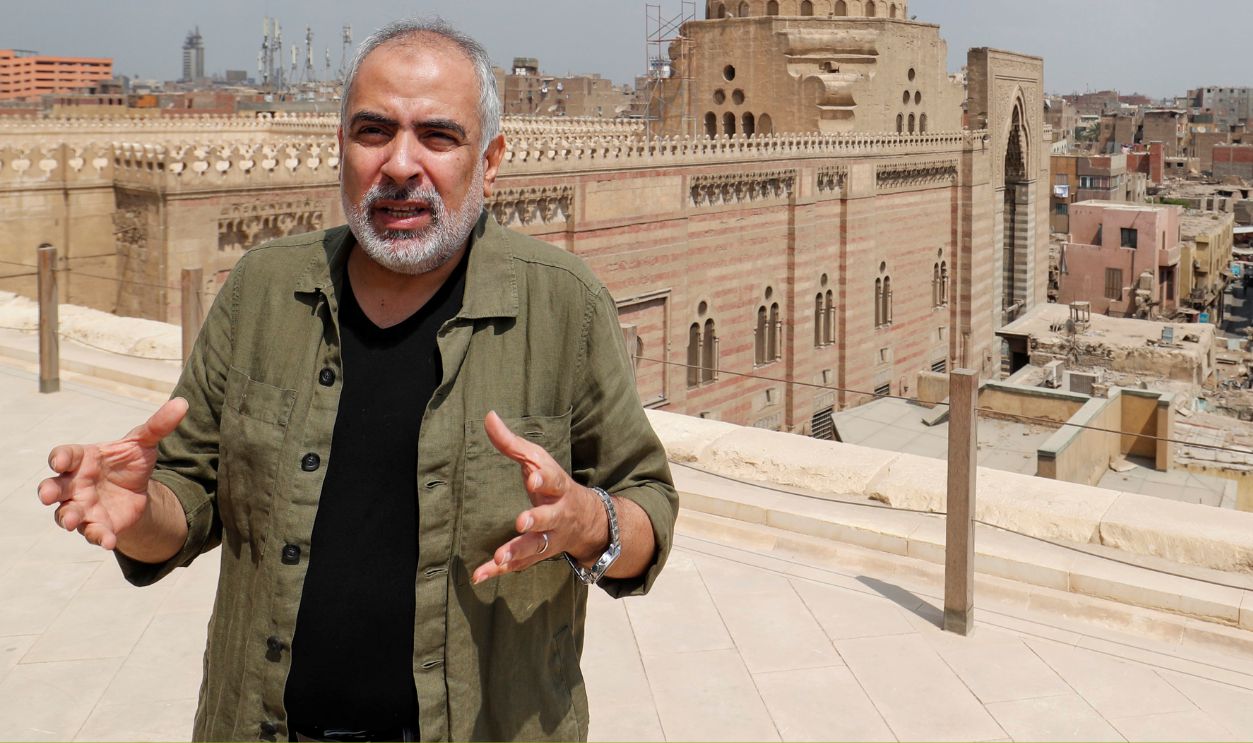
Ptolemaic Temple Pylon Unearthed
A joint Egyptian-German team uncovered a temple pylon at Athribis in Sohag. The 167-foot-wide facade features two 60-foot-high towers flanking an entrance gate on the main temple's western side. This discovery adds to ongoing efforts to explore the remains of the Great Temple of Athribis.
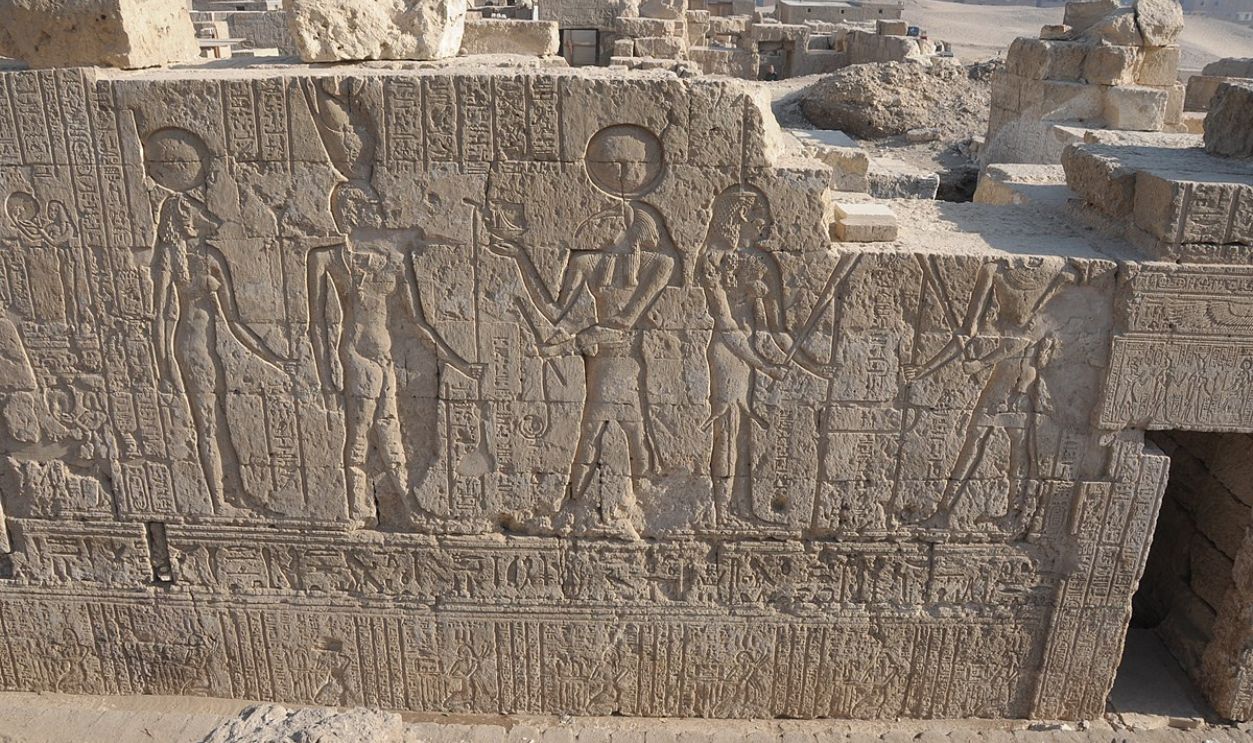 Christian Leitz, CC BY-SA 4.0, Wikimedia Commons
Christian Leitz, CC BY-SA 4.0, Wikimedia Commons
The Excavations All began In 2012
Excavations at the temple have been ongoing for two years as part of a larger temple district studied since 2012. Since 2022, Tübingen researchers, led by Christian Leitz, have worked with Mohamed Abdelbadia and an Egyptian team to uncover a large stone temple built between 144 BCE and 138 CE in Athribis.
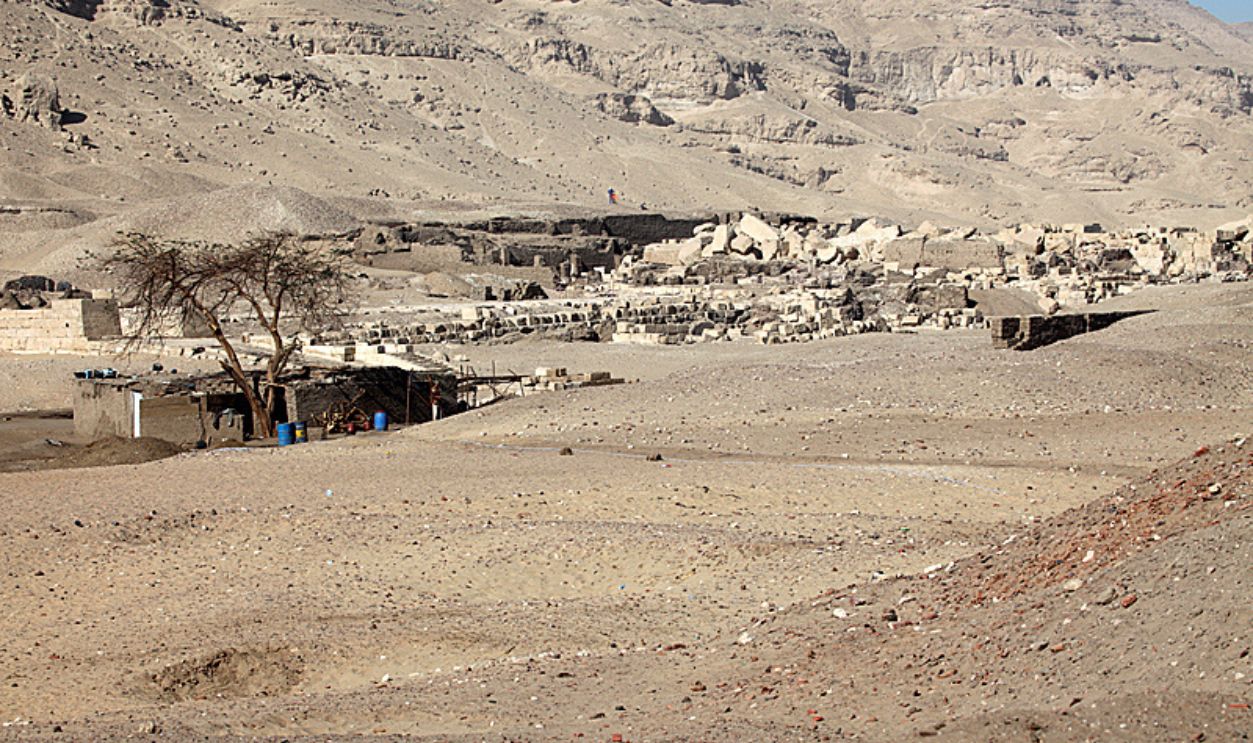 Roland Unger, CC BY-SA 3.0, Wikimedia Commons
Roland Unger, CC BY-SA 3.0, Wikimedia Commons
Mysterious Hidden Entrance
The ornate entrance is called a pylon and features two distinct towers on each side. Archaeologists also found a second door leading to a hidden staircase with remnants of four flights. Once connected to an upper floor, these stairs have now been destroyed.
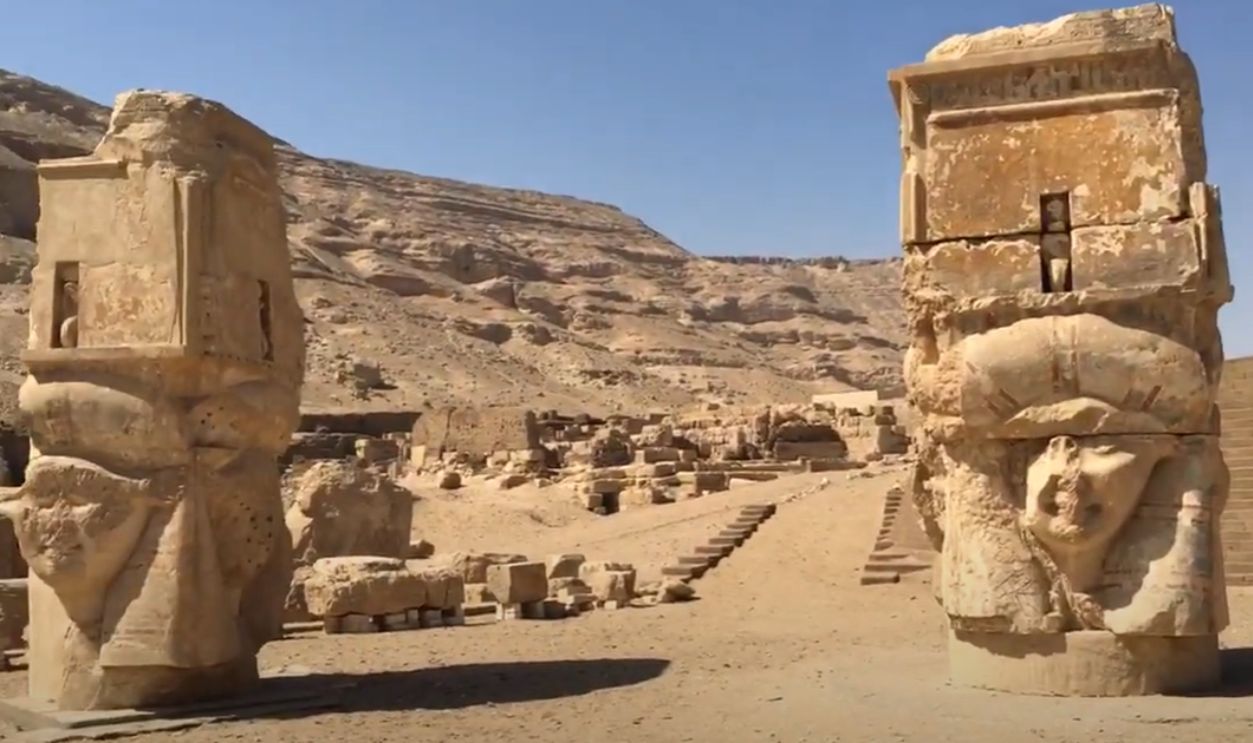 Opening Athribis Temple in Sohag by Luxor Times
Opening Athribis Temple in Sohag by Luxor Times
Potential Discovery Of A Massive Temple Complex
The temple is dedicated to Repit, though further excavations are needed for confirmation, said Christian Leitz, the University of Tübingen project leader. The Egyptian Ministry of Tourism and Antiquities called the discovery "particularly significant", stating it would help reveal the remaining parts of the Great Temple of Athribis.
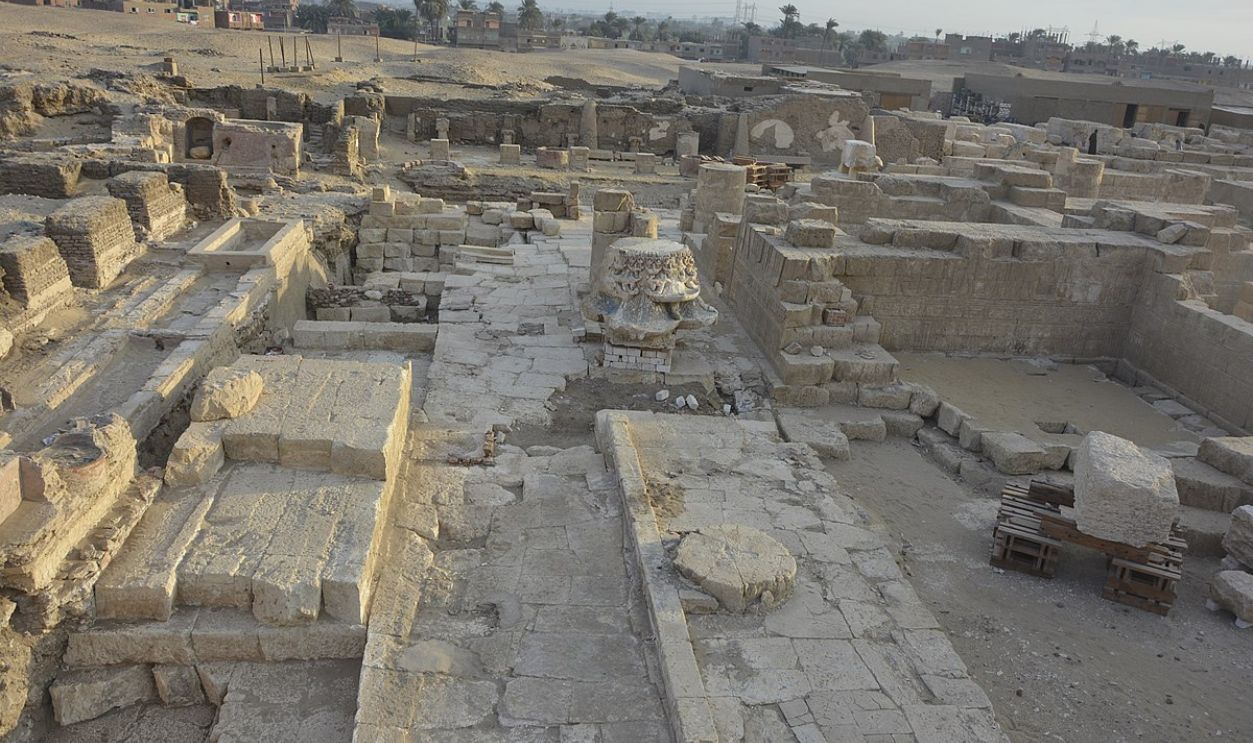 Roland Unger, CC BY-SA 3.0, Wikimedia Commons
Roland Unger, CC BY-SA 3.0, Wikimedia Commons
Who Is Christian Leitz?
Christian Leitz is a German Egyptologist and professor at the University of Tübingen since 2004. He specializes in Egyptian religion and linguistics and is leading projects such as the Lexicon of Egyptian Gods, Names of Gods, and the ongoing Athribis Project. Here they found…
 Opening Athribis Temple in Sohag by Luxor Times
Opening Athribis Temple in Sohag by Luxor Times
Depictions Of Ptolemy VIII Offering Sacrifices
Reliefs of the Egyptian king Ptolemy VIII were discovered in the temple's northern tower. This king was known to have ruled in the second century BCE. In the relief, the artworks depict the king offering sacrifices to the lion-headed goddess Repit and her son Kolanthes.
 Carole Raddato, CC BY-SA 2.0, Wikimedia Commons
Carole Raddato, CC BY-SA 2.0, Wikimedia Commons
Who Was Ptolemy VIII?
Son to Queen Cleopatra I and King Ptolemy V, Ptolemy VIII was a king of the Ptolemaic dynasty in Egypt. Ptolemy VIII's reign is characterized by intense political conflict with his older siblings, Ptolemy VI and Cleopatra II. He was known for his opulence and was called "Ptolemy the Benefactor".
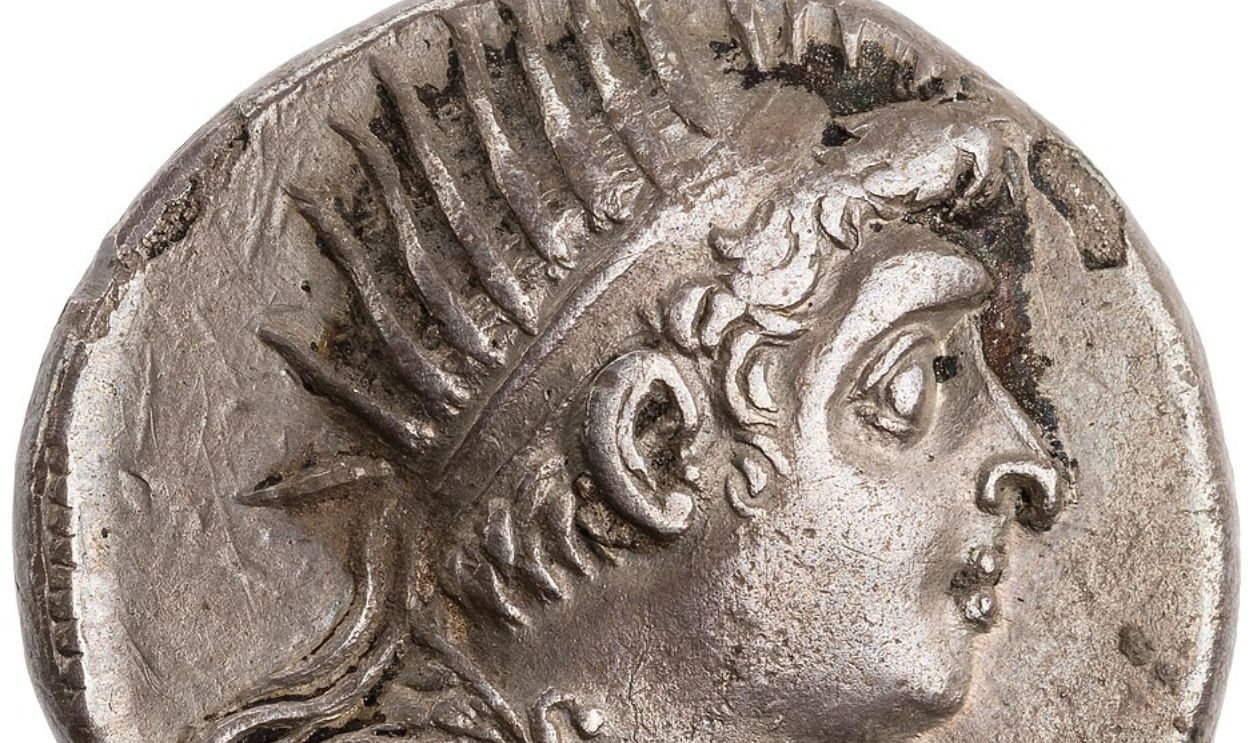 American Numismatic Society, CC0, Wikimedia Commons
American Numismatic Society, CC0, Wikimedia Commons
A Clash Between Brothers
In 170 BC, Ptolemy VIII was made co-ruler with his siblings as tensions grew before the Sixth Syrian Conflict. But when his brother, Ptolemy VI, was captured, Ptolemy VIII briefly took sole control of the land of Egypt. But when the conflict ended, Ptolemy VI was back on the throne.
Control Over The Throne
After Ptolemy VI's demise in 145 BC, Ptolemy VIII returned as co-ruler and husband to Cleopatra II. His harsh rule and marriage to his niece Cleopatra III sparked a conflict. While Cleopatra II controlled Alexandria, Ptolemy VIII, and Cleopatra III held most of Egypt with native Egyptian backing.
 Rémih, ISa1, CC BY-SA 2.5, Wikimedia Commons
Rémih, ISa1, CC BY-SA 2.5, Wikimedia Commons
Who The Kings Were
The king was the crux of the society who ensured divine order and was the ruler of the world. The king dominated religion, which ultimately gave him political power. He oversaw the deceased's cults. Thus, kingship underpinned state organization, with officials serving the king's political and religious dominance.
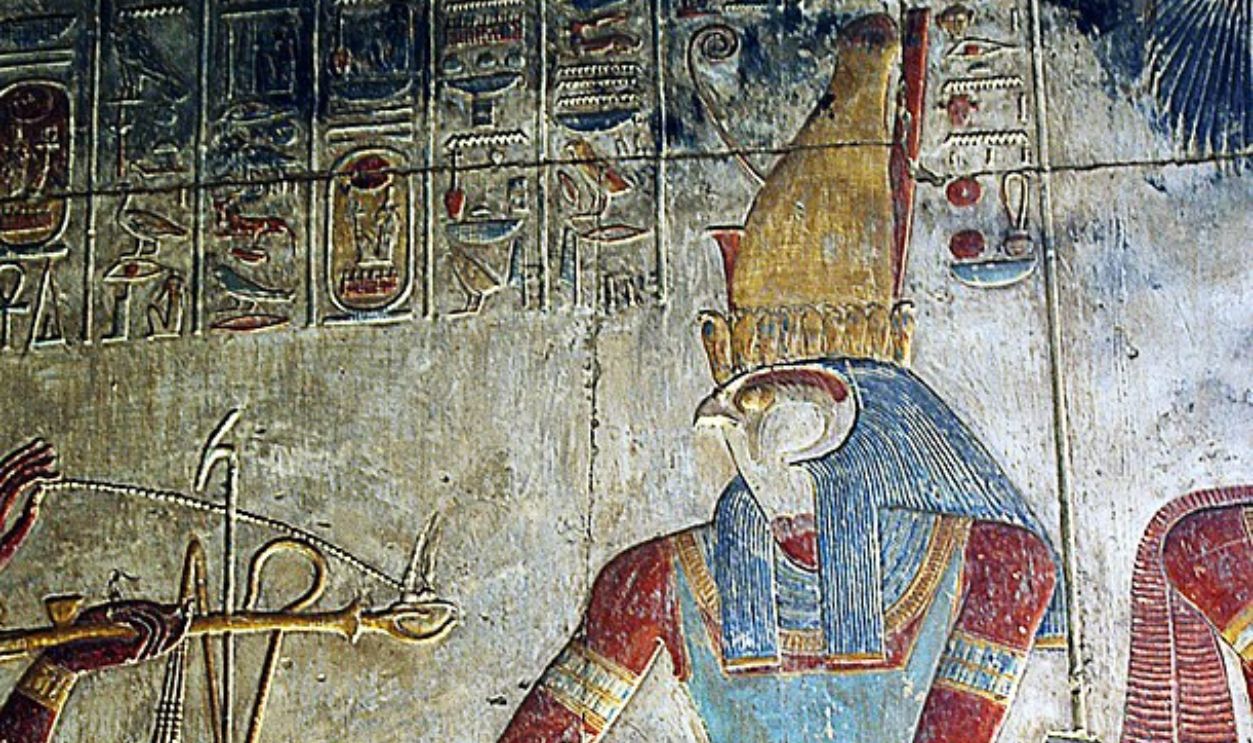 Rhys Davenport, CC BY 2.0, Wikimedia Commons
Rhys Davenport, CC BY 2.0, Wikimedia Commons
How Kings Were Made
His superhuman role linked divine authority to earthly rule. The king was also called Horus and identified as an aspect of the falcon-headed god Horus, a sky god. Other titles, such as Son of Re and Perfect God, gave the king the status of a minor deity through his accession to the throne.
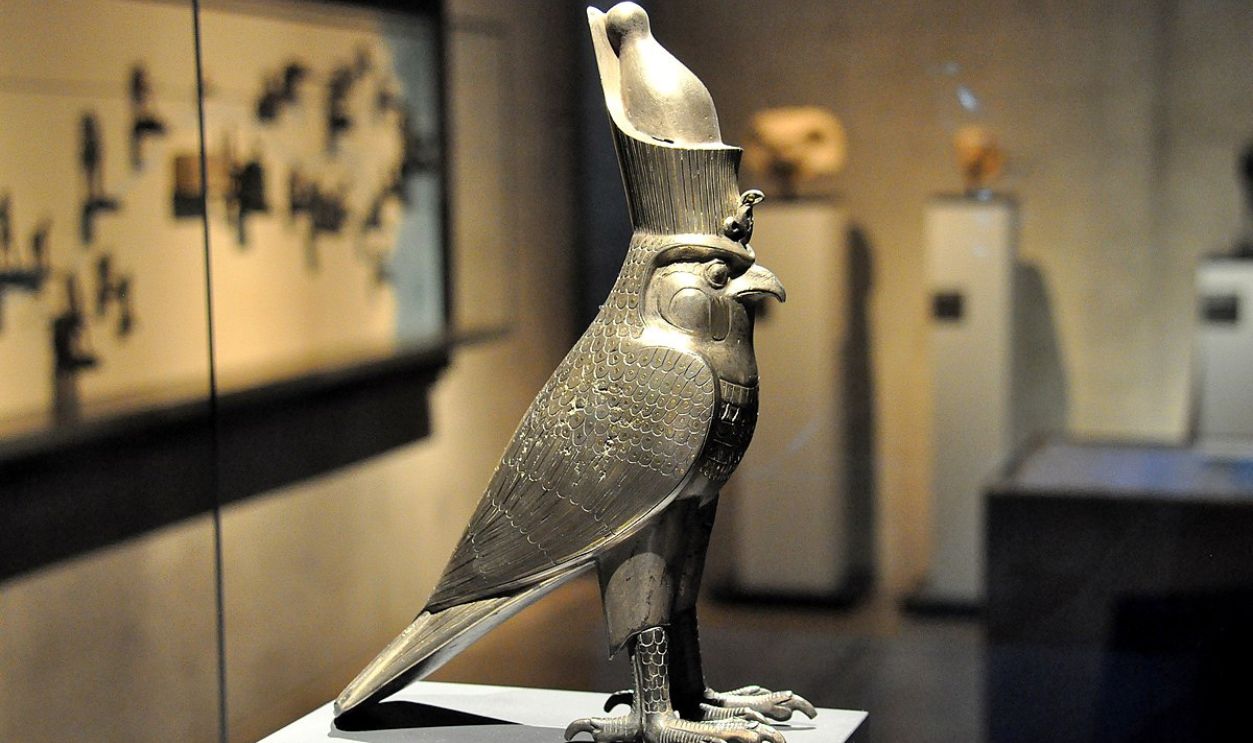 BayernLB, CC BY-SA 4.0, Wikimedia Commons
BayernLB, CC BY-SA 4.0, Wikimedia Commons
Repit
Repyt, also known as Repit, was an ancient Egyptian lioness goddess. She is often associated with protection and power. Married to Min, the fertility god, she had a child, also a deity named Kolanthes. Her temple was originally located in Hut-Repyt, 200km north of Luxor.
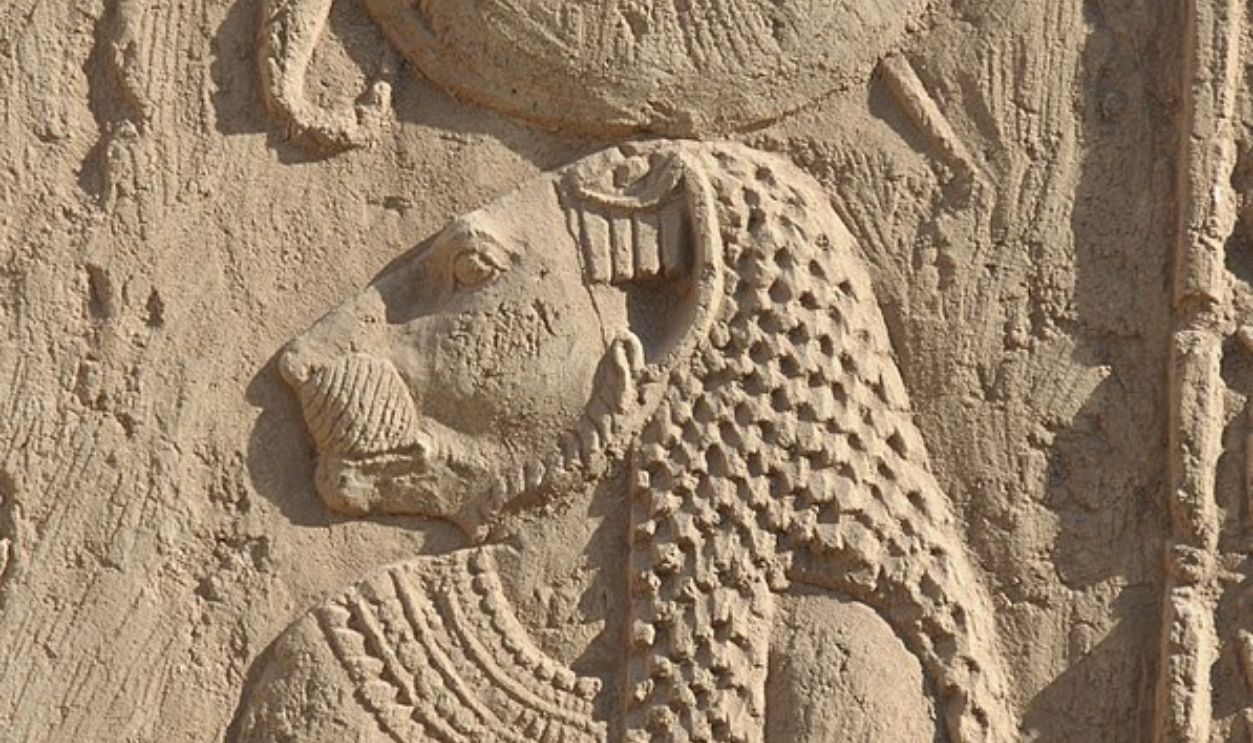 Christian Leitz, CC BY-SA 4.0, Wikimedia Commons
Christian Leitz, CC BY-SA 4.0, Wikimedia Commons
Kolanthes
Son of Repit, Kolanthes, also called Kolanthes the Child, is a late-period ancient Egyptian child deity documented from the second century BC and worshiped in Akhmim's divine trinity. He was identified with Horus and symbolized the holy child and Pharaoh, and was called "the child of Osiris and Isis".
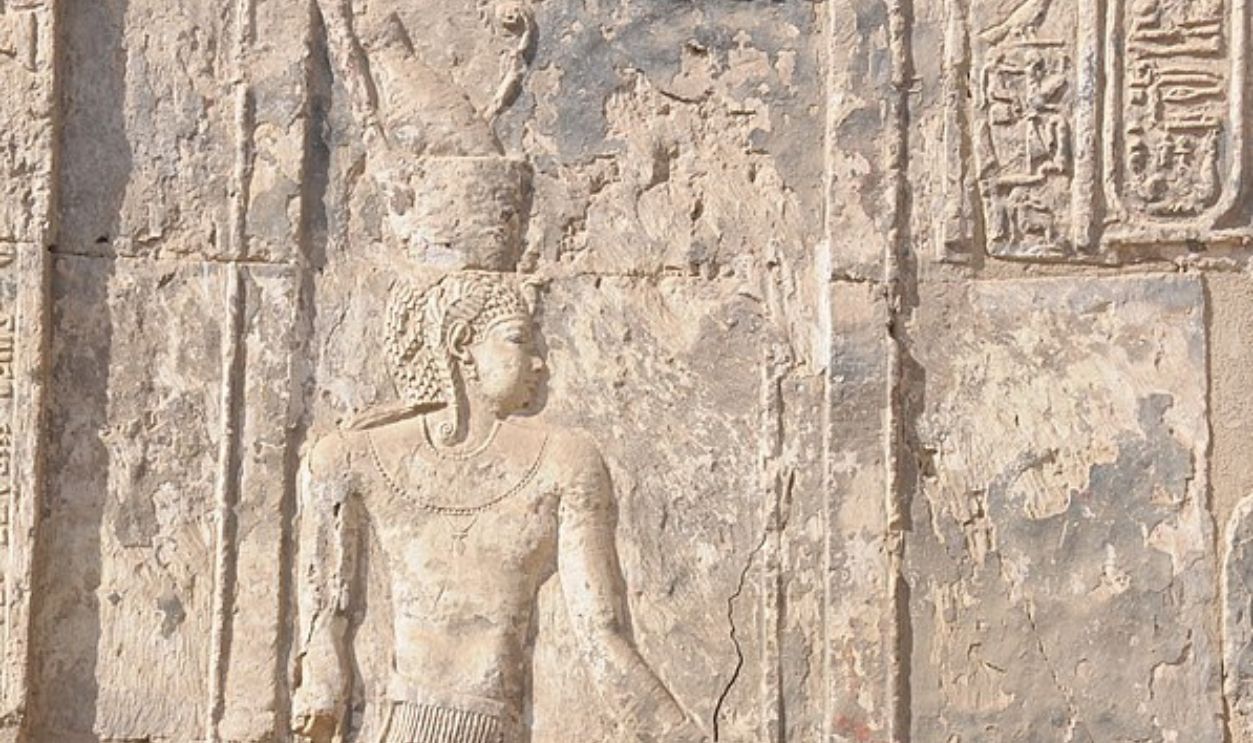 Christian Leitz, CC BY-SA 4.0, Wikimedia Commons
Christian Leitz, CC BY-SA 4.0, Wikimedia Commons
Cultic Sites Of Kolanthes
Kolanthes' cult sites are situated north and south of Akhmim. Evidence includes Demotic inscriptions in Gabal El Haridi and Ptolemais Hermiou, Greek texts, a hieroglyphic stele from Emperor Hadrian's era, and recent inscriptions at Athribis temple. These records highlight Kolanthes' role in ancient Egyptian religion across diverse locations and languages.
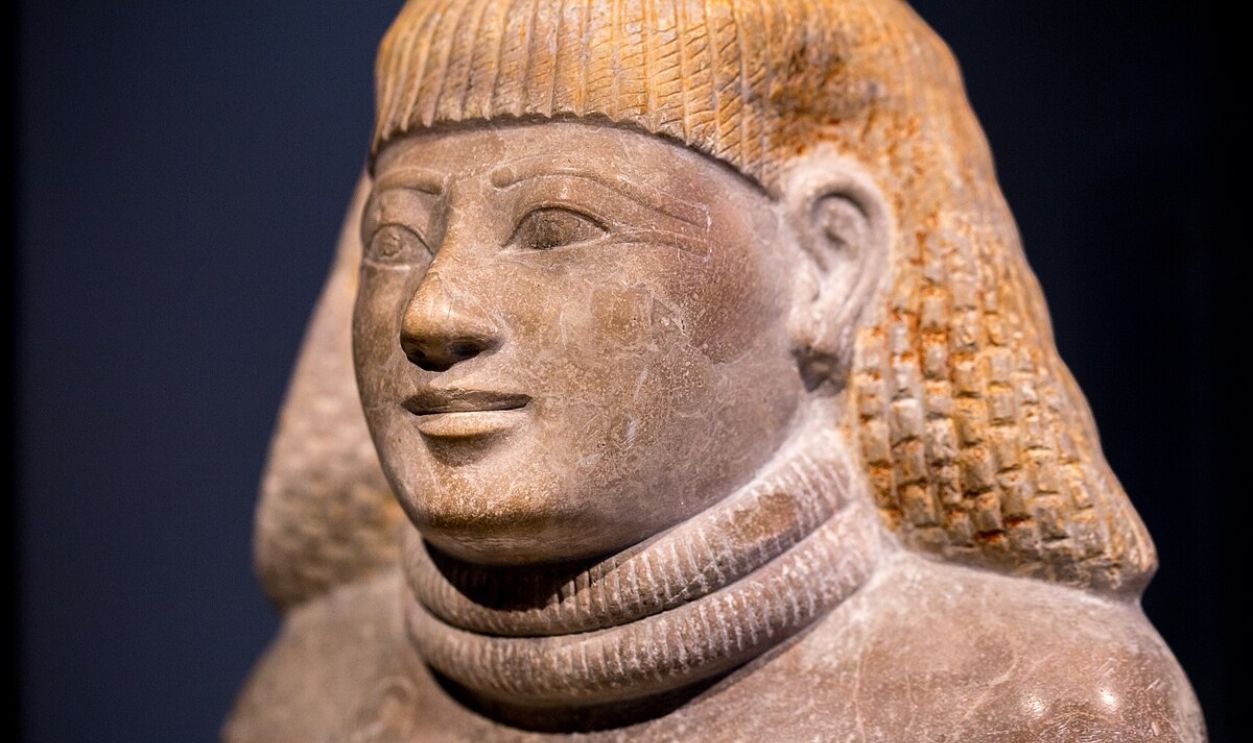 ArchaiOptix, CC BY-SA 4.0, Wikimedia Commons
ArchaiOptix, CC BY-SA 4.0, Wikimedia Commons
Min
Min, an ancient Egyptian fertility god, originated during the predynastic period around Coptos and Akhmim. Celebrated for his connections to virility and agriculture, his worship included festivals and symbolic items like lettuce and white bulls. With rituals performed to bless harvests and ensure prosperity.
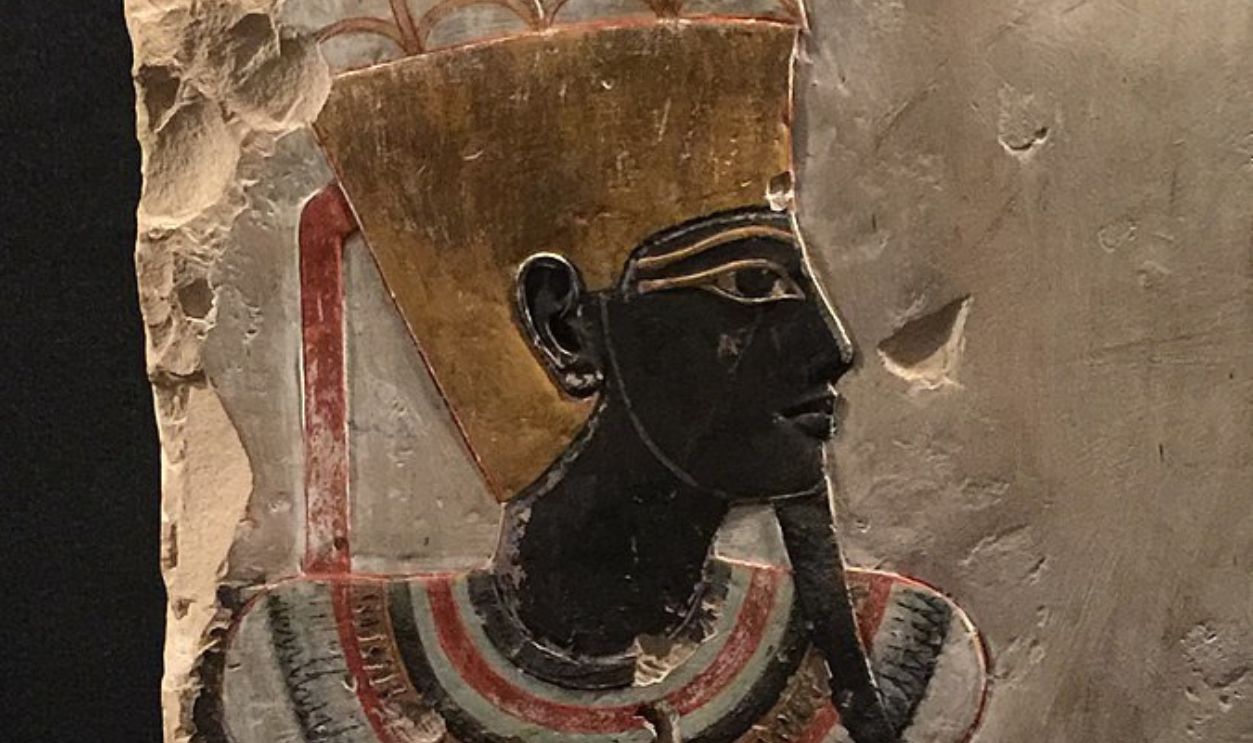 EditorfromMars, CC BY-SA 4.0, Wikimedia Commons
EditorfromMars, CC BY-SA 4.0, Wikimedia Commons
Cult Of Min
Min's cult originated in Coptos and Akhmim in Upper Egypt, where grand festivals celebrated his "coming forth" with public processions and offerings. Associated with the eastern desert and Horus, Min’s presence was prominent in these regions. Min’s significance increased during the Middle Kingdom when he became associated with Horus.
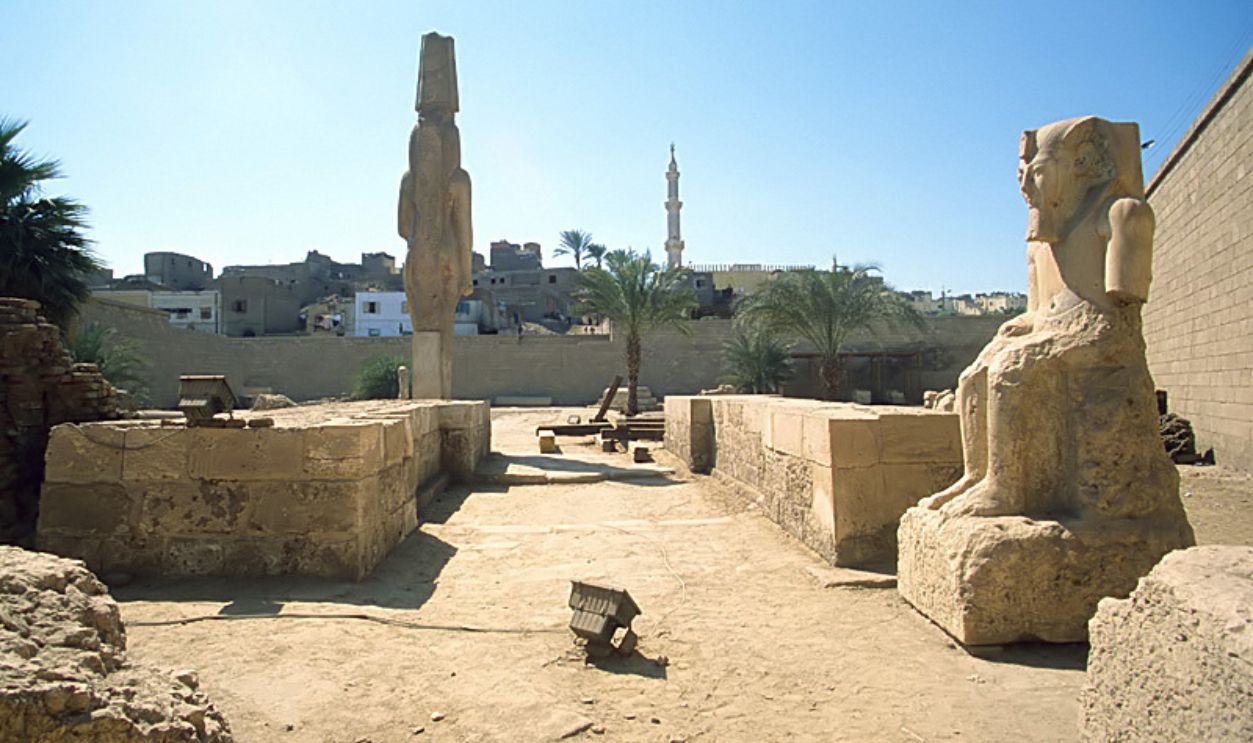 Roland Unger, CC BY-SA 3.0, Wikimedia Commons
Roland Unger, CC BY-SA 3.0, Wikimedia Commons
Unique Falcon-Headed Decan Relief
Near the chamber's entrance, reliefs featured the fertility god Min-Ra and decans—mythical beings with human bodies and animal heads. One decan displayed a falcon's head, a symbol of Horus, the Egyptian god of the sky and kingship. Falcons were also associated with the sun's rise and celestial path for time-tracking.
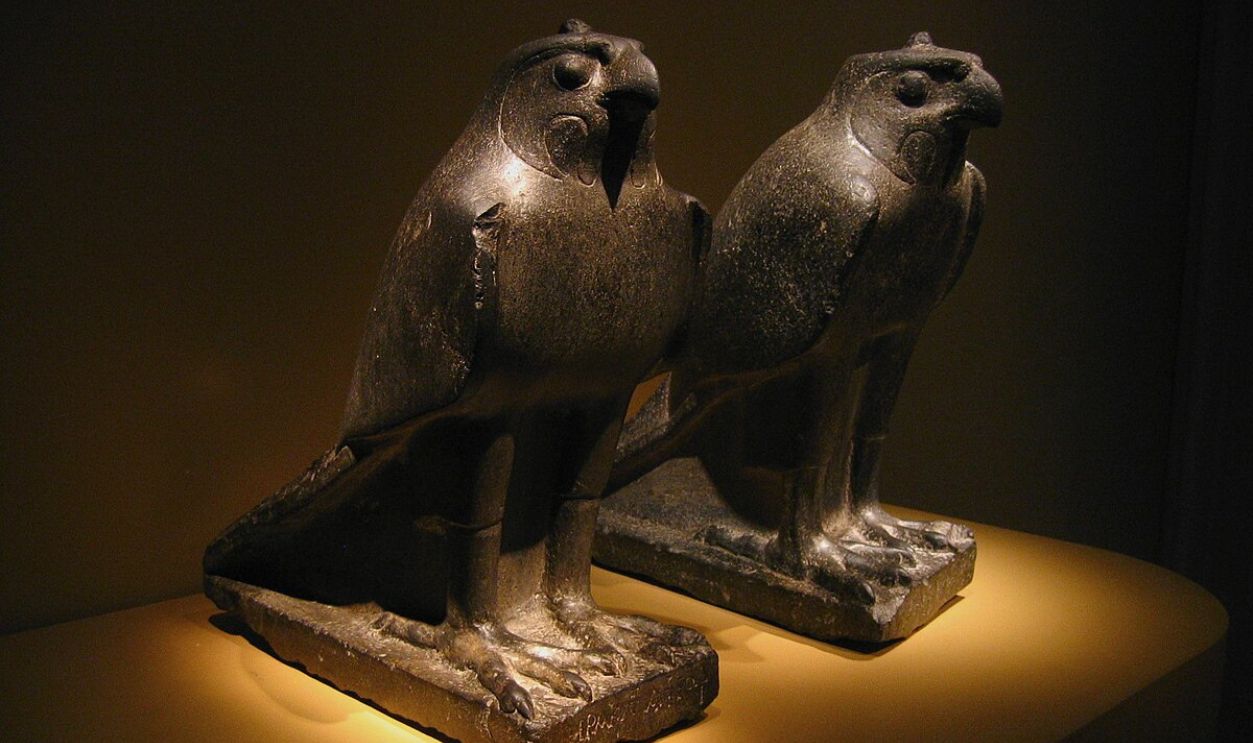 Rosemania, CC BY 2.0, Wikimedia Commons
Rosemania, CC BY 2.0, Wikimedia Commons
What’s A Relief?
A relief is a carved image usually found on flat surfaces with scenes of people or gods. These artistic works were commonly used to decorate tombs and temples and intended to convey religious or historical significance—the intricate carvings served as artistic expression and a way to honor deities.
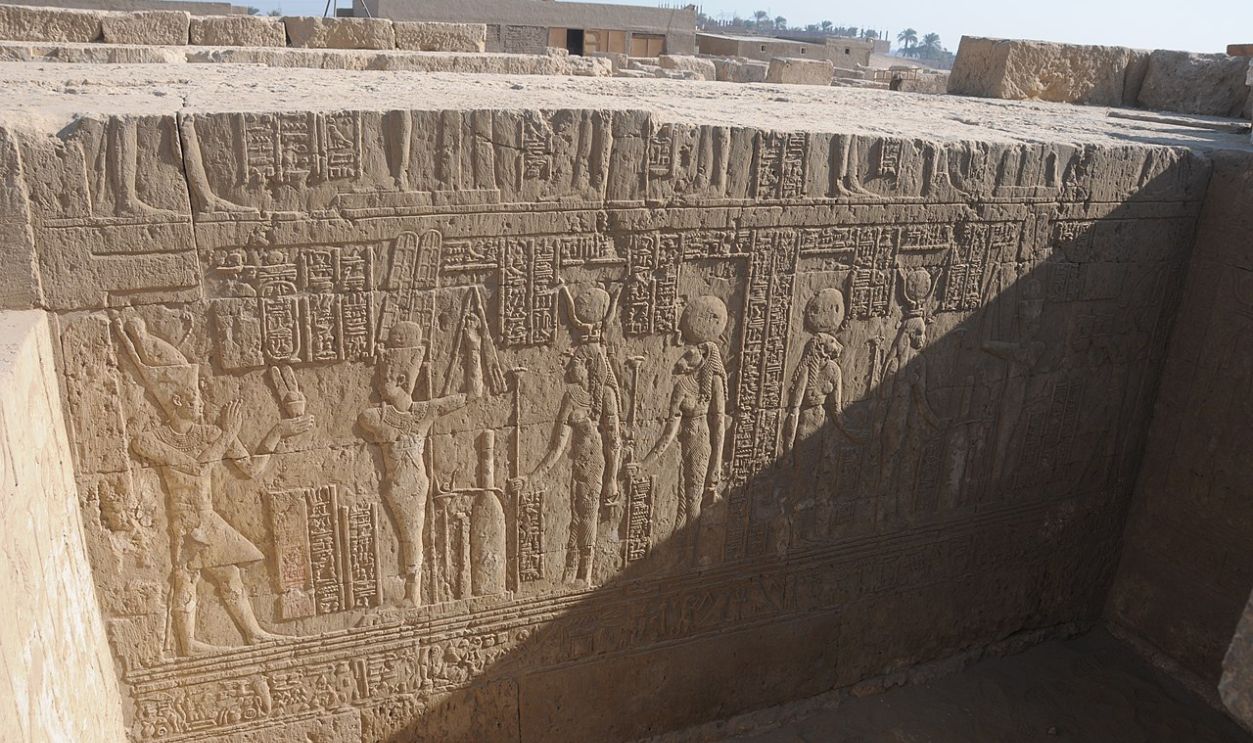 Christian Leitz, CC BY-SA 4.0, Wikimedia Commons
Christian Leitz, CC BY-SA 4.0, Wikimedia Commons
Then There Is Horus
Horus happened to be one of the most important deities in ancient Egypt, symbolizing the sky and warfare. As the son of Osiris and Isis, he was often portrayed as a falcon or a man with a falcon head; Horus was associated with the Pharaoh's authority and security.
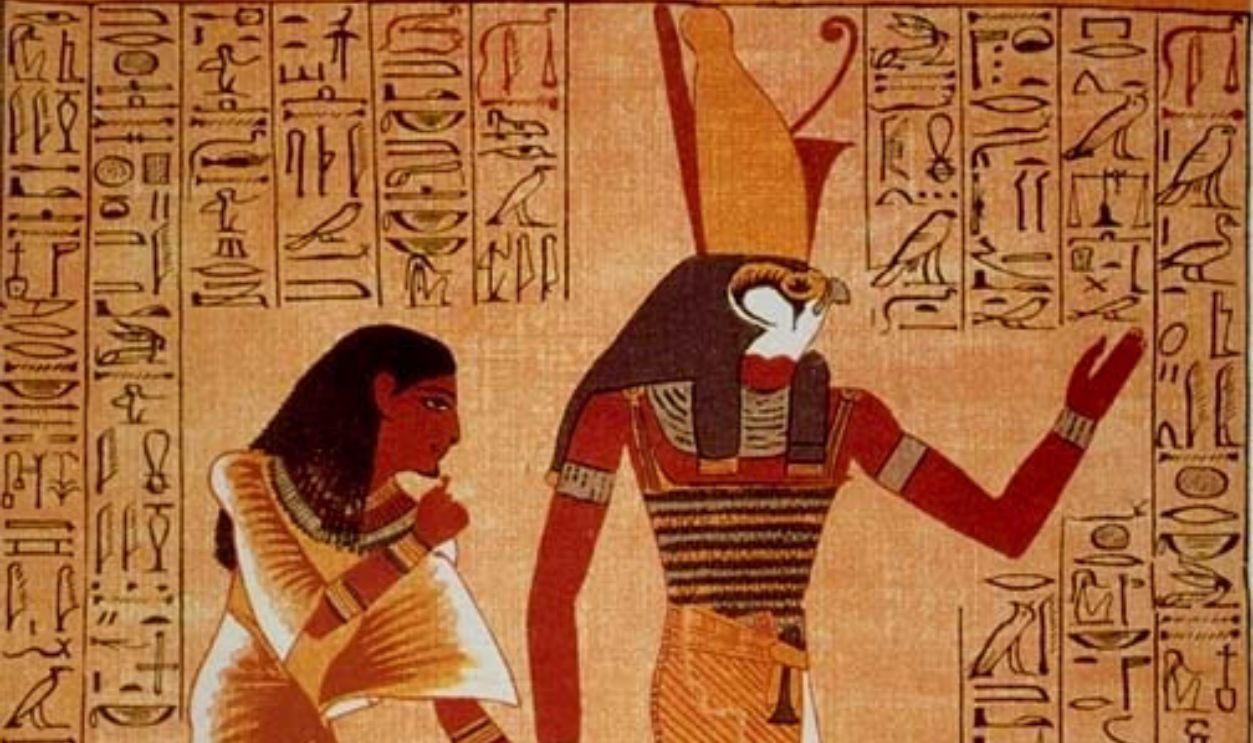 Unknown Author, Wikimedia Commons
Unknown Author, Wikimedia Commons
What Of The Falcon?
In ancient Egypt, falcons were considered sacred and stood for the sun god Horus, the king's divine authority, and the sky. They were known for their sharp vision and predatory qualities and were admired and linked to power and protection, representing royal strength and guidance. Now, back to the temple.
Chamber Likely Used for Storage
Researchers uncovered a hidden chamber in the north tower measuring 20 feet long and 10 feet wide. Once possibly used for storage, this space contained various temple utensils and amphorae jars, typically used to hold liquids or grains. These findings provide valuable insight into the temple’s everyday functions and rituals.
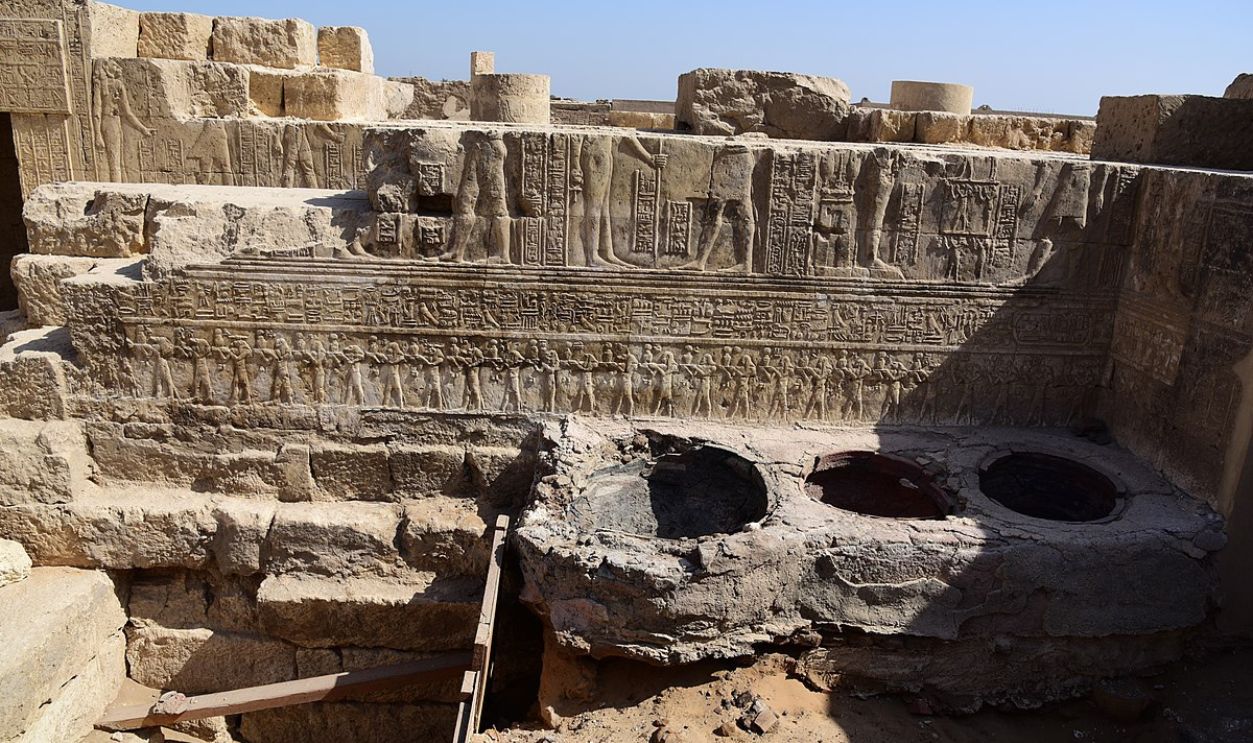 Christian Leitz, CC BY-SA 4.0, Wikimedia Commons
Christian Leitz, CC BY-SA 4.0, Wikimedia Commons
Potential Door Behind Cobra Frieze
Project leader Christian Leitz suggests the finely-smoothed limestone blocks on the rock façade indicate that the temple may have been carved directly into the cliff face. He points to the over four-meter-high find and decorations, like a cobra frieze, as evidence that a door could be hidden behind it.
What Is A Cobra Frieze?
A "Cobra Frieze" is a decorative architectural feature in ancient Egypt, showcasing a series of rearing cobra heads, or "uraei". These symbols were believed to offer protection and were commonly seen on the headdresses of pharaohs and goddesses. They were typically found on tomb and temple walls.
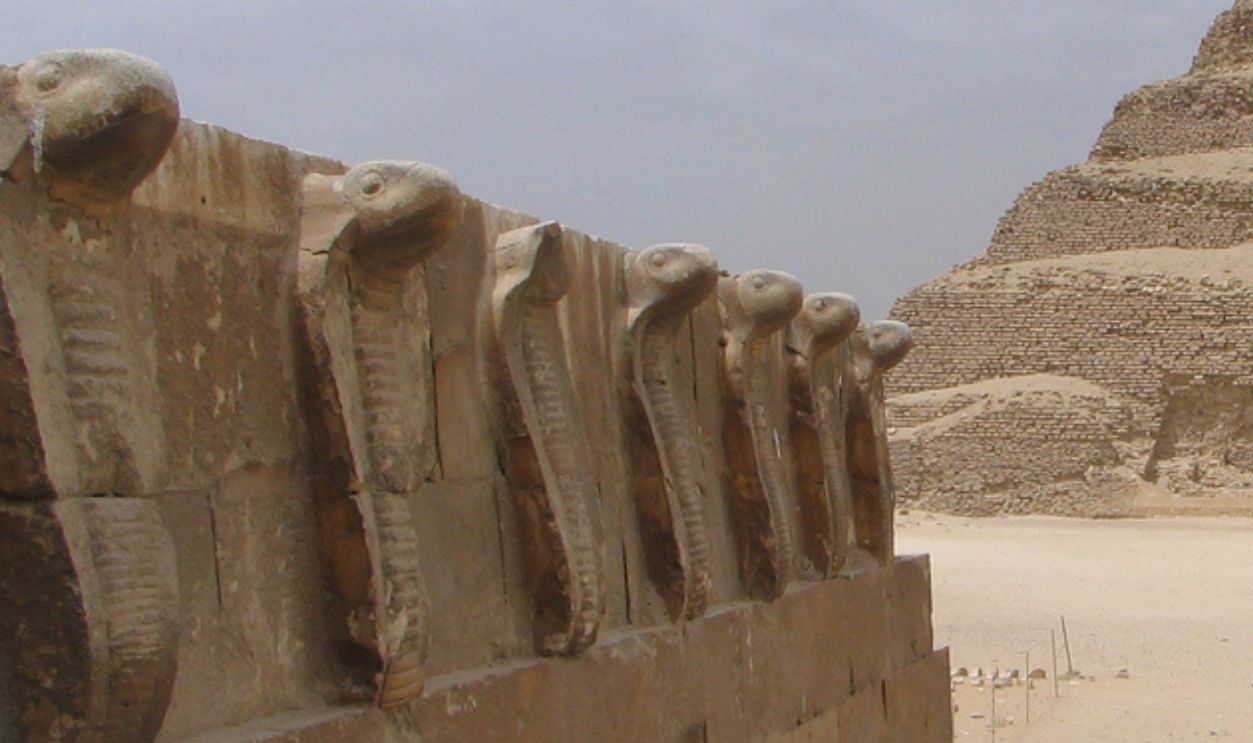 Marc!o, CC BY 2.0, Wikimedia Commons
Marc!o, CC BY 2.0, Wikimedia Commons
Significance Of The Discovery
This discovery is significant as it provides insight into Egypt's Ptolemaic period, a time of intense political and religious development. The discovery of artifacts and architectural features reveal previously unknown details about the temple's functions and connections to key deities like Repit and Kolanthes.
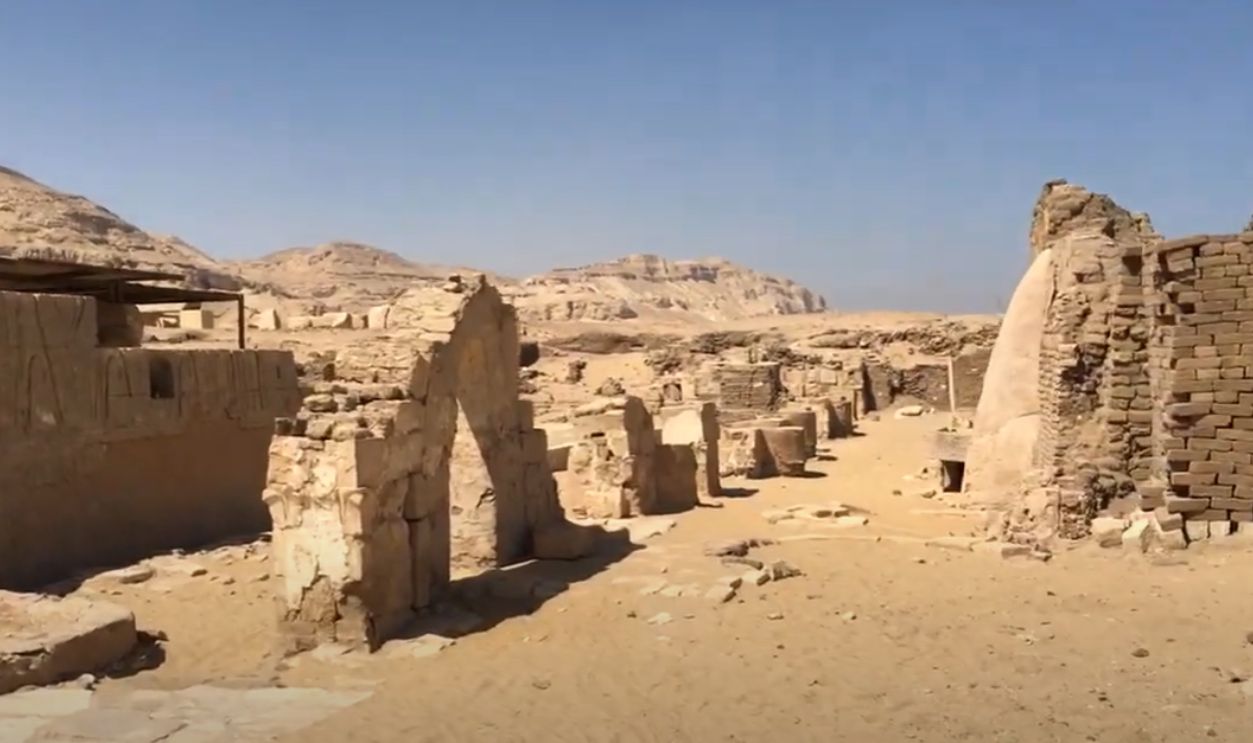 Opening Athribis Temple in Sohag by Luxor Times
Opening Athribis Temple in Sohag by Luxor Times

